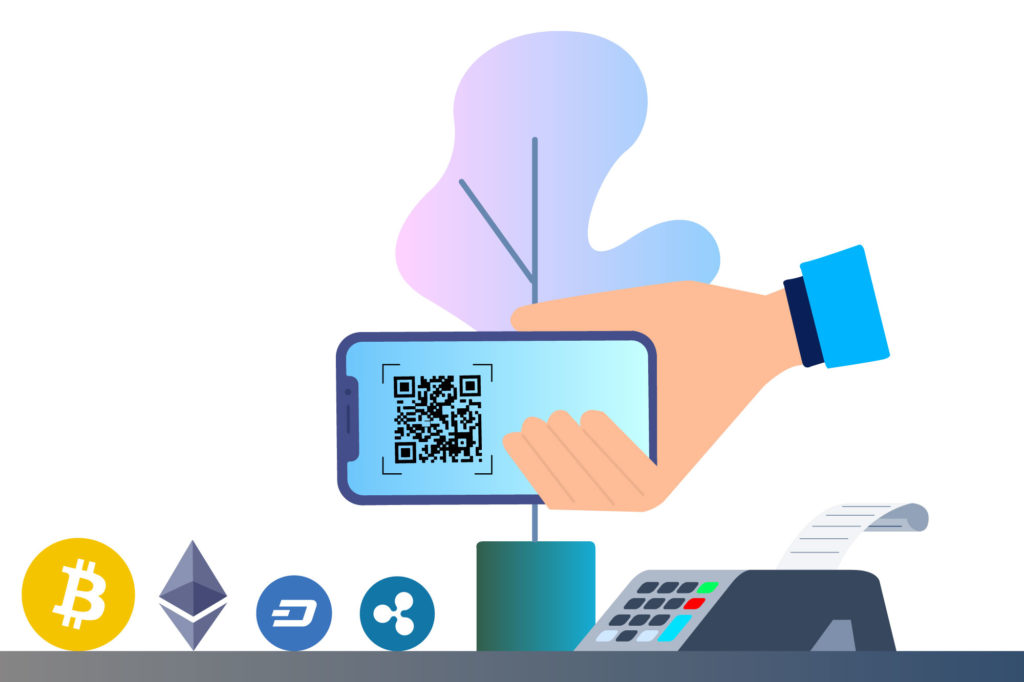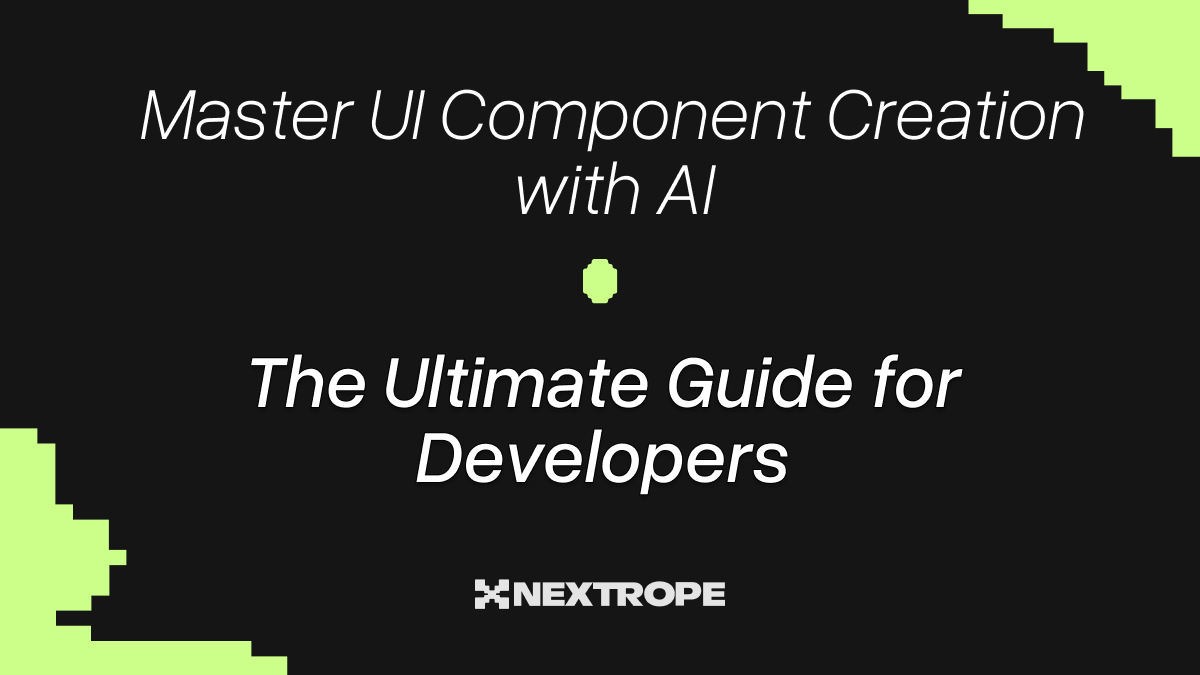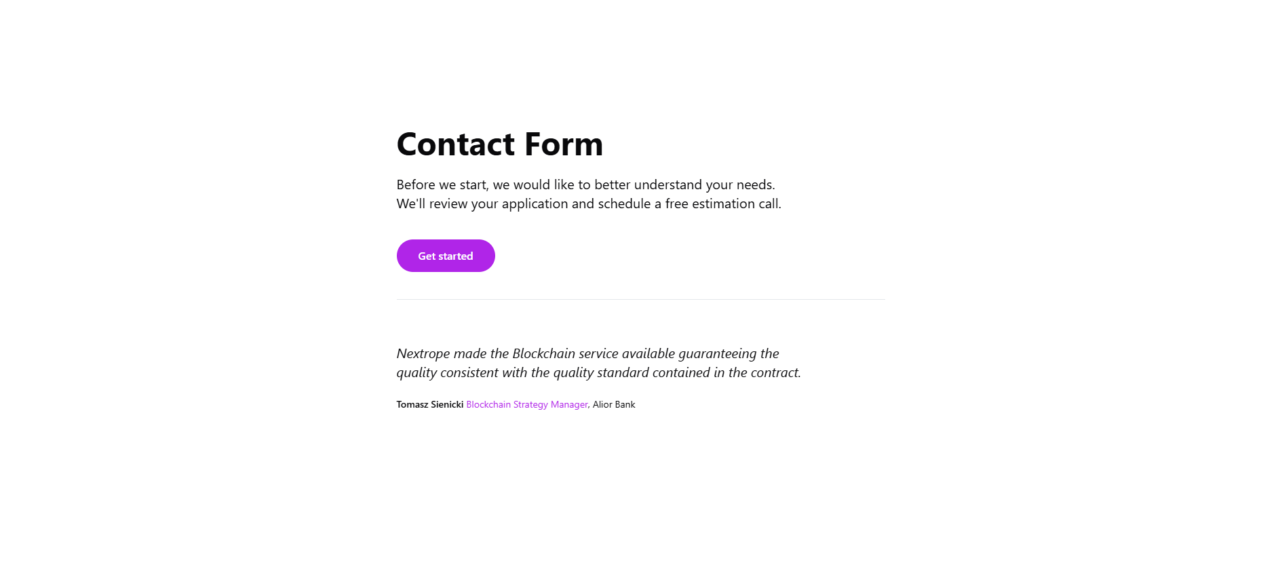The next time you put some lettuce in your basket, you might be able to find out exactly where it came from using blockchain technology. All the information will be out in the open – whether or not it was washed or the date it was picked up by the store. A waste of time? If that were the case, companies that use this kind of tracking for food would not see an increase in sales.
If you were given the choice between two different types of lettuce, one that was tracked with blockchain and one that has a regular tag, I can almost guarantee that after reading this article you will choose the former. Before your client does something similar, use this opportunity to take advantage of this knowledge. There are 8 reasons why food sold with the help of blockchain tastes better.
Blockchain in stores, restaurants, and hospitality establishments
The blockchain is a dispersed database in which the input data is immutable. This is possible because the data is stored in the form of blocks set up next to one another. Each new piece of information is a new block, connected to the previous blocks in such a way that block “B” always contains the time of creation and an encrypted summary of the previous element, block “A”. Simply put, it is a chain of blocks (hence “blockchain”), in which the data is impossible to falsify or modify.
The food industry uses the advantages of blockchain to track and save the “life-cycle” of the food items, and the automation of cumbersome processes. Together with the maturing of this technology, blockchain stops being associated exclusively with Bitcoin. We can, however, establish a certain analogy – an electronic currency is the answer to a reduction in trust towards financial institutions. Now, huge chains of stores and restaurants, as well as the smaller companies, can use blockchain to prove that they deserve trust from the public.

Transparency is vital to earn from clients
In Poland, a lack of trust towards the food industry grew after the scandal in Masovia. It was a winter evening earlier this year when the television station TVN ran a report revealing how dangerous the practices in slaughterhouses are for the health of consumers. The journalistic investigation soon shook the rest of Europe – companies illegally purchased sick cows for slaughter, despite going against health and hygiene regulations. Furthermore, a journalist hired in one of those companies found out that the workers themselves, not a licensed veterinarian, confirmed the cows to be fit for consumption. In the meantime, products from these suspected companies were being sold in stores, and the authorities tried to locate them using… company invoices.
Incidents like this are difficult to forget. Already, 8 out of 10 consumers check where their food is coming from before buying it (Elementar UK). Customers often end up not buying a product if they suspect that it has been infused with antibiotics or contributed to the production of a significant amount of waste. How can we reassure customers? The data needs to be reliable, thorough, and easily accessible. In a system based on the blockchain, a copy of the database is available for everyone who joins the chain to see (for example a customer scanning a code). There does not need to be any trust for middlemen or even the store that created the system – the data is impossible to manipulate.
A chain of blocks – a chicken example
On the website of the supermarket chain Lidl, I keep coming across these instructions: information about the product can be found on the back of the package. Upon removing a pack chicken legs from the freezer and checking the back of the package, I see the ingredients, recommended storage conditions, the expiry date, a list of allergens, and the name of the company (but not the name of the farm).
If those same chicken legs were in a system based on the blockchain, I would start by scanning a QR code. I would then learn that the chicken was born on the 26th April at a large farm in Turkey, during its first day alive, it was vaccinated against five illnesses; the animal ate non-GMO food with known ingredients. The chicken was sent to the slaughterhouse on the 7th July at a weight of 2.44 kg, where the veterinarian confirmed that it was not given any antibiotics, and the company confirmed the legitimacy of the quality check. A few kilometres further away, a Lidl warehouse picked up the chicken legs from a truck and directed them to the particular store, in which I do my shopping every Friday. At least that is how I imagine this to work, because to receive all this information, the store would need to go to a significant effort to collect evidence from all its partners.
Preventing poisoning means preserving reputations
Proof of identity, according to customers’ demands, was trialled by Carrefour. It took 15 days for the supermarket chain to collect all the proofs in all the formats – including on paper. After introducing a system of control over the the import on the blockchain, over two weeks of reading the data was reduced to just over two seconds. The information was generated in simple tables and maps because they were in the system from the very beginning.
If the products were not fit for consumption, it would be possible to track those products using conventional methods, but experts admit that by the time this happened, everyone would already be ill. The products keep coming, the chain of distribution becomes increasingly complex, and stores promise top quality food. In the case of recalling certain items, the stores hit the headlines and the distributor rarely takes the brunt of the responsibility. Following several cases of food poisoning at Chipotle Mexican Grill, the restaurant’s shares dropped by 45% and their sales by 37%. A well-built system warns of any faulty items before anyone even reports their first symptoms (and before it hits the internet). The item never reaches the supermarket shelf.
It can be said that business is business, but in the case of illness it is much more than that: protection of human health and lives.
Guarantees ensure a feeling of safety
If you can vouch for something personally, you become more trustworthy in the eyes of the clients. Naturally, that equates to the trust these customers give you, and the choices they make.
A famous trick used by KFC to increase sales, that is ‘today, the chickens delivered by Adam,’ is possible to apply in large stores for the first time, because you can write that the yogurt on the shelf was made by grandma. But the consumer needs proof, and that proof comes in the form of using the name of a man who is so sure of the quality of his products that he does not hesitate to place his signature on the package. It is enough for the employee to confirm his identity at the production stage for which he is responsible. At the same time, it is in no way reminiscent of celebrity clichés bought. We know that the slogan ‘recommended by Gordon Ramsay’ is printed on packaging in bulk and guarantees ... effectively nothing.
Good advertising stands out
Certificates are becoming an increasingly vital part of the marketing strategy. Gone are the days when consumers were indifferent to the actions of enterprises for sustainable development or how they care for the environment. The best evidence for this is the "Fairtrade" labeling that has tripled the sales of Milka and Dairy Milk chocolates.
Food products with a certificate of quality are usually more expensive than their counterparts that do not have these certificates. On the other hand, the lack of clear directives in the European Union leads to situations where the "eco-carrot" differs from the regular carrot by its positioning on the shelf. Blockchain can convince customers that this might be the case everywhere else, but not at your store.
Registration of certificates in this chain of blocks allows for quick and easy verification of authenticity and validity of granted certificates. Since September 2017, all new or updated certificates in Poland have a QR code that can be read using a smartphone. The system performs verification, and it takes just a second to know everything about the veracity of the declaration, its conditions and the dates between which it applies. It is easy to forget how much effort was needed to get some of this data.
Convenience as an incentive
Simple to use for both the company and the user, QR codes do not require double-checking by the employee or manually entering the data. The customer needs only to scan the product to see its certificates and all of its history. The customer may not know that the technology that enables him to shop more healthily than previously is called blockchain. At Nextrope, however, we are observing growing public awareness of the blockchain and its capabilities.
In the case of mobile applications, we consider the UX (User Experience) elements to be key, which is associated with UI (User Interface). The first time an app is launched is usually not the last – that is why investing in the system is not everything that matters. Note that customers will use the smartphone with one hand, maneuvering between successive alleys. The way from the farm to the plate is a lot of information - there is no time or space to list it all, but when condensed into something more accessible, too much is omitted, unless the scanner catches the QR code. The application must be simple and accessible, and only then will the user return to it with pleasure.

Regular habits as an advantage over competitors
Soon shopping, especially in the department of healthy food, will start to feel strange without scanning QR codes. Carrefour is the first network to develop a habit of inquiry, and a very powerful network at that. Consumers used to this network will pick up items in other stores in search of the black and white code. Since these other stores have not decided to introduce QR codes, customers will be justified in their anxiety that the store is hiding something - because why else would it not share its data?
Freshness equates to the customer satisfaction
Shops with pseudo-health food are a scourge. Even if the food is healthy, its storage leaves much to be desired, for example olive oil exposed to the sun for too long simply loses its properties. In this case, when preparing meals, it is better not to think for too long whether or not adding olive oil to the salad salad on it makes any sense health-wise.
The supply chain is worth integrating with the data stored on the products themselves (in the form of a bar code or QR code), as well as commonly used sensors (such as RFID). The process starts on the production line, where sensors alert the producer about any irregularities and record the general condition of the goods. Measurements can be taken all the way up to the time of purchase. Based on this data it is easy to estimate when any potential corruption will occur and, in the spirit of Zero Waste, prevent it in the future. Notifications draw the seller’s attention to bad carrots before the customer finds them on the shelf. Several departments further, a parent who scans the code on a package of baby milk checks to see if anyone has already opened it. Demand for goods can be seen on a map. Our problem is not the amount of food, in fact we have too much of it; rather, the problem is its quality.
Trust is profit
The association of a brand with good quality food attracts health-conscious customers like a magnet. Compared to its competition, a store that provides insight into production using blockchain technology inspires more confidence. When Lidl started introducing individual fit products or occasional health weeks, they did so knowing fully well about the halo effect. This trust can be extended further – knowing that these products are perfectly fine to consume, it is also worth for the customer to buy butter, kefir, and flip flops.
But customers will not only reach for more products, they will also be able to spend a lot more money on them; indeed, 72% of millennials are ready to pay extra for food with a positive impact on the environment.
Blockchain technology can, with equal effectiveness, increase prices in restaurants. On the one hand, a customer can buy regular wine, on the other hand, the customer can also buy wine from a sunny, family winery in Italy, where the grapes were left on the bush for longer and were additionally macerated, i.e. putting the grape skins in contact with freshly squeezed juice to soften them. Following fermentation, the wine matures in an oak barrel arranged in a quiet cellar for 2 years, and only then does the host pour them into the bottle that the customer purchases. Ultimately, good storytelling sells.
Nestlé and blockchain
Nestlé's efforts to prove to parents worldwide that their Gerber soups and dinners deserve trust from consumers are suitable for a separate entry. The corporation, among others, advertised that meals for children must meet 500 times more stringent standards than those for adults. At last, the maiden project with solid blockchain foundations was launched.
People want to know, quite rightly, where ingredients they give to their baby have come from. We wanted a product in which trust means something.
- Chris Tyas, Nestlé's supply chain director
At the time of writing this article, the company convinces customers of this by promoting the addition of three types of vegetables and fruit in one meal: puree from sweet potato, apple and pumpkin. Impatient parents are waiting for test results, and if Gerber actually introduces new technology, it may dominate the sale of these baby foods.
Is this a good time to introduce blockchain to a company?
Please verify whether or not I can give this to a two-year-old.
Hi, I wonder if these flakes are really organic, or if this is just marketing again ...
Does anyone know anything about this farm and its composition analysis. I try to eat healthy, should I order their food?
If eating dilemmas were not such a huge part of our everyday life, countless queries of this type would not appear in online forums about healthy lifestyles. Increasingly aware consumers do not fall easily for the packaging with a green leaf on it. We can safely say that until now, the only thing that has kept us from tracking the supply chain was the enormous amount of work that would have to be put into collecting data from incompatible IT systems.
You do not have to look far: when introducing blockchain to a company, it is worth choosing products that we are proud of and that adequately represent the company – picking just one is enough. Walmart started with mangoes, Auchan with carrots, and Carrefour with chicken, and not even a year went by when the networks had to take their initial plans into account - the sale of "blocked" products exceeded all expectations.
According to the new plan of the French network, by the end of the year customers will be able to scan 100 new products, and in three years all the products that belong to the quality brand. It is rare to see such enthusiasm from a supermarket chain – Carrefour boasts of the "halo effect" and announces that tracking the supply chain with blockchain will expand with clothes. Hopefully they will be true to their word.
The food industry can sell better
Shops, restaurants and farms that implement blockchain to track the supply chain are seeing a significant increase in sales, which is nothing unexpected. In the wake of further scandals and food fraud, disclosing the history of selected products is the best way to win the trust of your customers and to make consumers happy with their purchasing decisions. Customers transfer high-quality associations to all products in the range or menu.
To increase the convenience and pleasure in shopping for users, it is worth investing heavily into mobile applications. Blockchain technology in the food industry has even greater potential in combination with AI (Artificial Intelligence), with buyers always getting fresh food, and the company avoiding a loss in reputation when recalling goods.
Consumers want to be more and more aware of what they are eating, and their food quality requirements are increasing. Furthermore, major brands have already begun to introduce customers to scanning QR codes before purchasing items.
So, which lettuce are you going for?
Julia Wolińska
 en
en  pl
pl 









